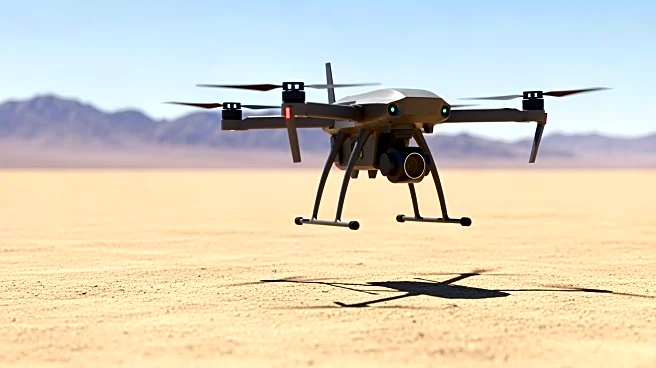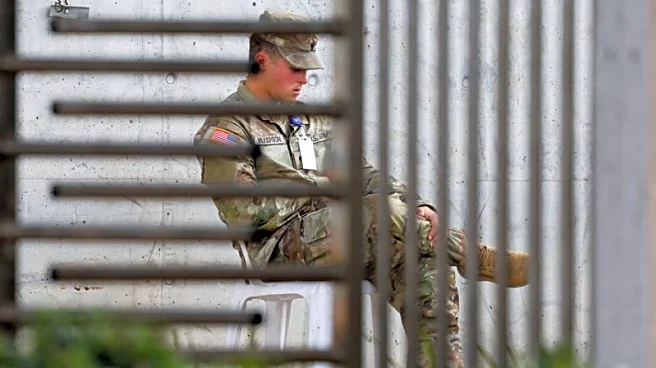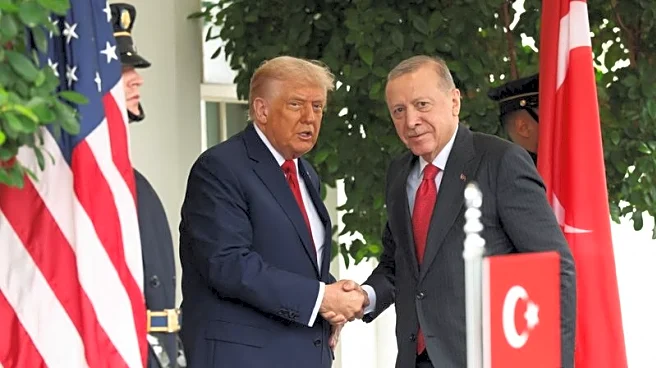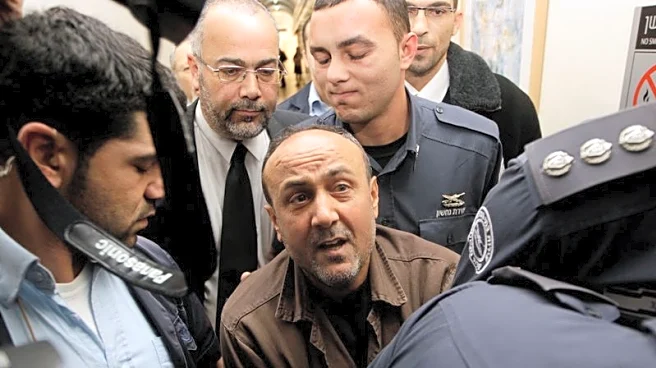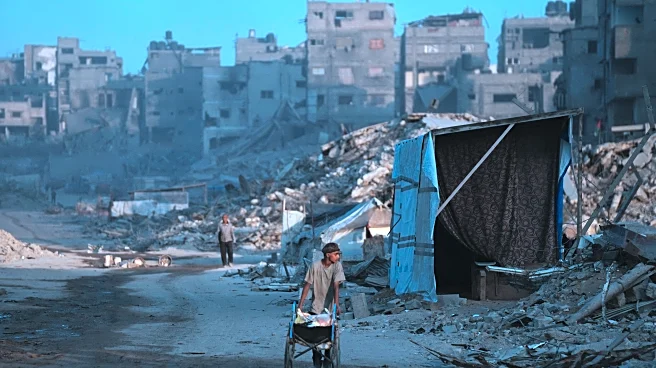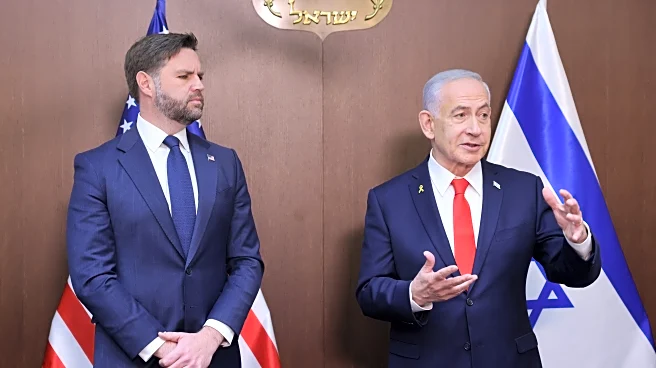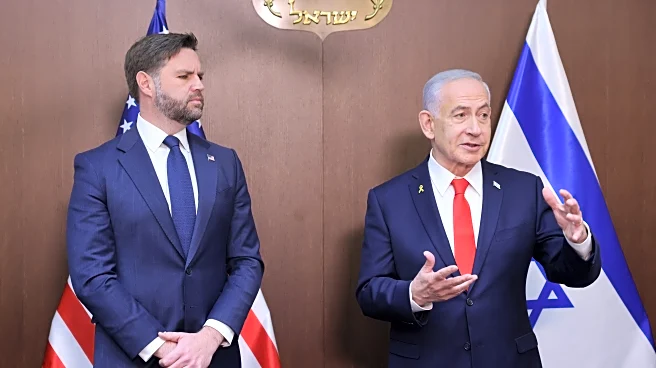What's Happening?
The U.S. military has initiated surveillance drone operations over the Gaza Strip to ensure compliance with the cease-fire between Hamas and Israel. These drones are operated from a newly established U.S. command
center near Kiryat Gat, Israel. The operation aims to provide independent monitoring of the cease-fire, supplementing Israeli intelligence. U.S. Secretary of State Marco Rubio visited the command center, describing the mission as historic and emphasizing the importance of maintaining peace, coordinating humanitarian aid, and assembling an international stabilization force for Gaza. The initiative reflects Washington's commitment to preventing misunderstandings and safeguarding the peace framework brokered by President Trump.
Why It's Important?
The deployment of U.S. surveillance drones in Gaza signifies a proactive approach by the United States to ensure the stability of the cease-fire agreement. This operation could impact U.S.-Israel relations, highlighting the need for transparency and trust between the allies. The initiative also underscores the U.S.'s role in international peacekeeping and humanitarian efforts, potentially influencing diplomatic relations with other nations involved in the stabilization force. The success of this mission could set a precedent for future U.S. involvement in conflict resolution and peacekeeping operations globally.
What's Next?
The U.S. plans to continue monitoring the cease-fire while coordinating humanitarian assistance and structuring a multinational stabilization force for Gaza. This force will require international collaboration and a clear mandate, possibly through the U.N. or another framework. The long-term goal is the reconstruction of Gaza and preventing future violence. The U.S. will likely engage with partner nations to secure commitments for personnel and funding, ensuring the stabilization force is effective in maintaining peace and supporting Gaza's recovery.
Beyond the Headlines
The U.S. operation in Gaza raises ethical and diplomatic questions about sovereignty and the extent of foreign intervention in regional conflicts. The use of surveillance drones during a cease-fire could be seen as intrusive, potentially affecting perceptions of U.S. foreign policy. Additionally, the mission's success may influence future U.S. strategies in conflict zones, emphasizing the importance of direct oversight and international cooperation in peacekeeping efforts.
